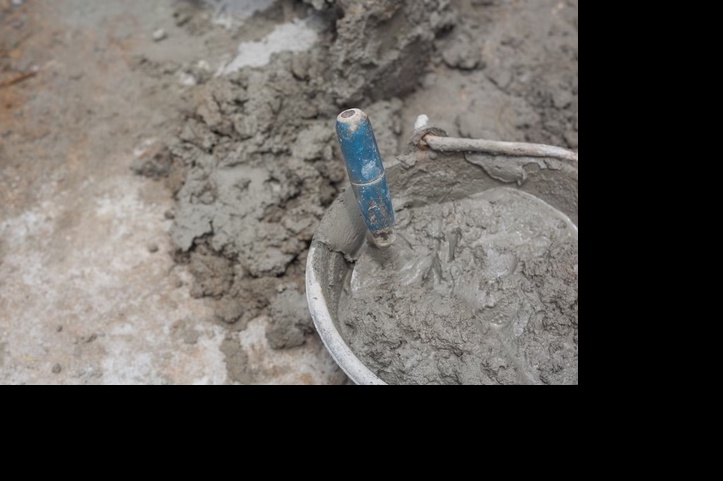Introduction
Concrete screed is a crucial component in construction, used to create smooth, level, and durable surfaces for floors, pavements, and other structural elements. Achieving the perfect concrete screed mix is essential for ensuring the long-term performance and aesthetics of a construction project. In this comprehensive guide, we will explore the key factors, tips, and tricks to help you master the art of creating flawless concrete screed mixes, enabling you to achieve the highest standards of quality and functionality.
Understanding Concrete Screed Mixes
Concrete screed, often simply referred to as screed, is a blend of cement, aggregates, water, and sometimes additives that are applied as a semi-liquid mixture to create a level surface. Screed serves several purposes in construction, including providing a smooth and even base for floor coverings, facilitating proper drainage, and supporting structural loads.
Concrete screed can be classified into two main types:
-
Traditional Sand and Cement Screed: This type of screed is made by mixing cement, sand, and water in specific proportions. It is often used for floor leveling and is applied in varying thicknesses, depending on the project's requirements.
-
Self-Leveling Screed: Self-leveling screed is a specialized type of screed that requires less manual labor for leveling. It is typically made from a blend of cement, fine aggregates, and additives. Self-leveling screed flows and levels itself with minimal intervention, resulting in a smooth and flat surface.
Tips and Tricks for Perfecting Concrete Screed Mixes
Creating the ideal concrete screed mix is a skill that can greatly impact the quality of your construction project. Here are some valuable tips and tricks to ensure success:
-
Accurate Proportions: The key to a perfect screed mix lies in precise proportioning of the ingredients. Start by measuring and batching the correct amounts of cement, sand, and water according to the mix design. Deviations from the specified proportions can lead to inconsistencies in the screed's performance.
-
Use of High-Quality Materials: Select high-quality cement and aggregates for your screed mix. Ensure that the materials meet industry standards and have been properly tested for quality and performance. Quality materials are essential for achieving the desired strength and durability of the screed.
-
Additives and Admixtures: Consider incorporating additives or admixtures into your screed mix to enhance specific properties. These can include plasticizers to improve workability, accelerators to speed up curing, or fibers to increase strength and reduce cracking.
-
Mixing Equipment: Use suitable mixing equipment to ensure thorough and consistent blending of the ingredients. For small-scale projects, a mechanical mixer can suffice, while larger projects may require the use of transit mixers or batching plants. Proper mixing prevents the formation of clumps or uneven distribution of materials.
-
Water Control: Pay careful attention to the water-cement ratio. Too much water can weaken the screed, while too little can result in poor workability. Gradually add water and mix until you achieve the desired consistency. Avoid over-watering, as it can lead to shrinkage cracks and reduced strength.
-
Workable Mix: Aim for a screed mix that is workable and easy to handle. The mix should be plastic enough to spread and level smoothly but not excessively wet. A good indicator of the right consistency is when the screed holds its shape and does not flow excessively.
-
Proper Mixing Time: Ensure that the screed mix is mixed for the appropriate duration. Under-mixing can lead to incomplete hydration of cement particles, while over-mixing may cause the mix to become too stiff. Follow manufacturer recommendations for mixing times, especially when using self-leveling screed.
-
Temperature Considerations: Be mindful of ambient temperature conditions during the mixing and application of screed. Hot weather can accelerate the setting time, while cold weather can slow it down. Adjust the mix design and curing methods accordingly to account for temperature variations.
-
Control Joints: Incorporate control joints or expansion joints as needed in your screed installation. These joints help control cracking by allowing the screed to expand and contract with temperature changes and drying shrinkage.
-
Curing: Proper curing is essential for the screed's long-term strength and durability. Keep the screed moist for an appropriate curing period, typically at least seven days. Use curing compounds or cover the surface with wet burlap, plastic sheets, or curing blankets.
Benefits of Perfecting Concrete Screed Mixes
Achieving the perfect concrete screed mix offers numerous benefits that extend beyond the initial construction phase. These advantages include:
-
Improved Aesthetics: A well-prepared screed mix results in a smooth and level surface, enhancing the visual appeal of the finished structure. It provides a pristine canvas for various floor coverings or finishes.
-
Enhanced Durability: Properly mixed and cured screed is more resilient to wear and tear, ensuring that the surface maintains its integrity and functionality over time. This durability reduces maintenance requirements and prolongs the life of the structure.
-
Optimal Floor Flatness: For flooring applications, a level and even surface are essential. Perfecting the screed mix ensures that the floor meets specified flatness tolerances, preventing issues with floor coverings and allowing for easier installation.
-
Reduced Cracking: Careful attention to mix proportions and curing helps minimize the occurrence of cracks in the screed. Cracking can compromise the structural integrity and aesthetics of the surface.
-
Sustainability: A well-designed screed mix can include environmentally friendly additives or recycled materials, contributing to sustainable construction practices and meeting green building standards.
-
Cost Savings: A high-quality screed mix can reduce long-term maintenance and repair costs, as the surface remains durable and less prone to damage or deterioration.
Conclusion:
Perfecting concrete screed mixes is a fundamental skill in construction, as it directly impacts the quality, durability, and aesthetics of the finished structure. By following the tips and tricks outlined in this guide, you can achieve consistent and reliable results in your concrete screed applications. Whether you're working on residential, commercial, or industrial projects, a well-prepared screed mix sets the foundation for success and customer satisfaction.


No comments yet